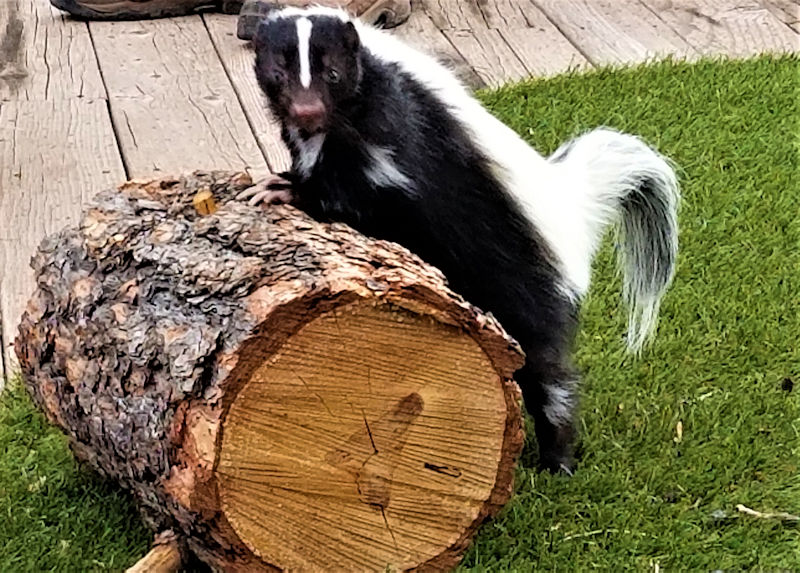In a recent alert issued by the Charles County Department of Health, a concerning surge in rabies cases has been reported, sending shockwaves through the community. The urgency of the situation cannot be overstated, with one raccoon testing positive for rabies on October 19, 2023, near Bryantown/Edelen Road. Adding to the gravity of the situation, two rabies-positive skunks were identified in the Waldorf/White Plains area on September 21, 2023, and October 24, 2023, in the vicinity of Billingsley Road and Moore Farm Place, as well as Route 228 and Briarwood Drive.
This alarming spike in rabies cases prompts a critical examination of the measures needed to protect both wildlife and the residents of Charles County. One such measure gaining attention is trapping, a method aimed at reducing wildlife-human interaction and mitigating the risks associated with the spread of rabies.
Trapping holds significant value in curbing the increasing threat of rabies in Charles County. By strategically placing traps in areas identified as hotspots for rabies cases, trained trappers taking precautions against rabies exposure, can effectively capture and remove potentially infected animals. This proactive approach not only safeguards the local wildlife population but also minimizes the risk of transmission to humans and domestic animals.
However, the utilization of trapping comes with its set of challenges. The ethical considerations surrounding the humane treatment of trapped animals raise questions about the balance between public safety and the well-being of wildlife. Striking this delicate equilibrium is crucial to ensure that trapping remains a responsible and effective method for controlling the spread of rabies.
The ongoing encroachment on animal habitats poses a significant challenge to wildlife and human coexistence. As urbanization expands and natural habitats diminish, animals are forced into closer proximity with human communities. This increased interaction elevates the risk of diseases like rabies spreading, as animals find themselves navigating unfamiliar territories in search of food and shelter.
The diminished animal habitat not only intensifies the risk of disease transmission but also contributes to a rise in wildlife sightings within residential areas. Residents of Charles County may find themselves encountering raccoons, skunks, and other potentially rabid animals in their neighborhoods, heightening the urgency for effective trapping measures.
The Charles County Department of Health’s alert serves as a stark reminder of the interconnectedness between human activities, wildlife behavior, and disease transmission. It underscores the importance of implementing comprehensive strategies to address the root causes of the rabies surge, rather than merely reacting to individual cases.
To address these challenges, collaborative efforts between local authorities, wildlife experts, and the community are essential. Public awareness campaigns can educate residents about the risks associated with wildlife encounters and the importance of reporting suspicious animal behavior. Simultaneously, investments in preserving and restoring natural habitats can help alleviate the pressure on wildlife, reducing the need for them to venture into populated areas.
While trapping emerges as a valuable tool in the fight against rabies, it is imperative to approach this method responsibly. Humane trapping practices and the use of alternatives, such as habitat modification and deterrents, should be explored to ensure that the well-being of animals is prioritized.
In conclusion, the surge in rabies cases in Charles County demands swift and comprehensive action. Trapping, when executed responsibly and ethically, can play a pivotal role in reducing wildlife-human interaction and curbing the spread of rabies. However, a holistic approach that addresses the challenges of diminishing animal habitats and fosters community involvement is crucial for long-term success. By embracing a balanced strategy, Charles County can protect its residents and preserve the delicate balance between humans and wildlife.

